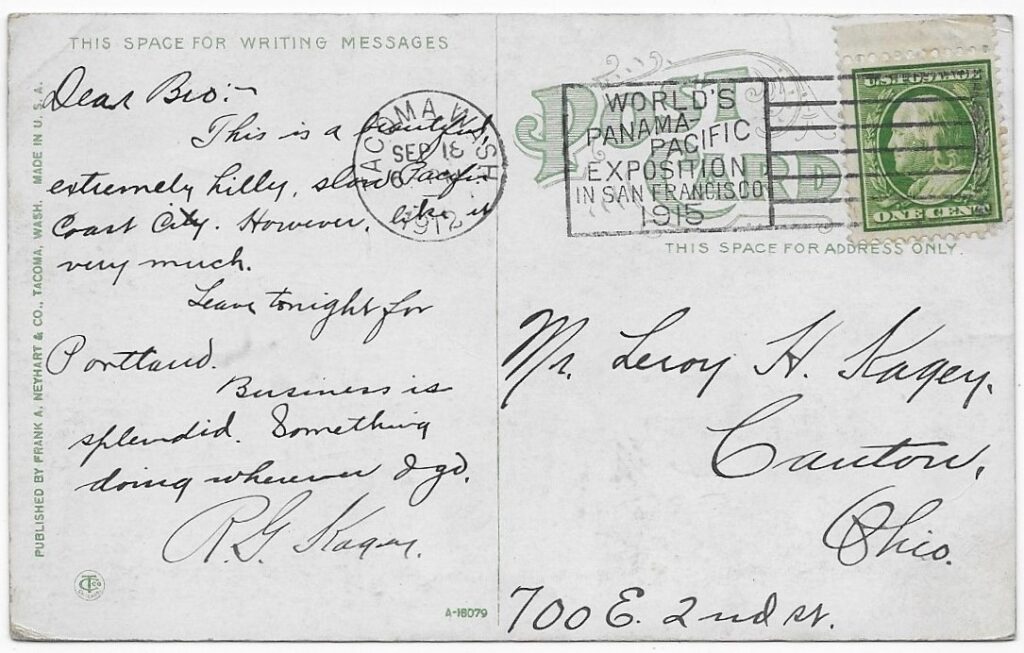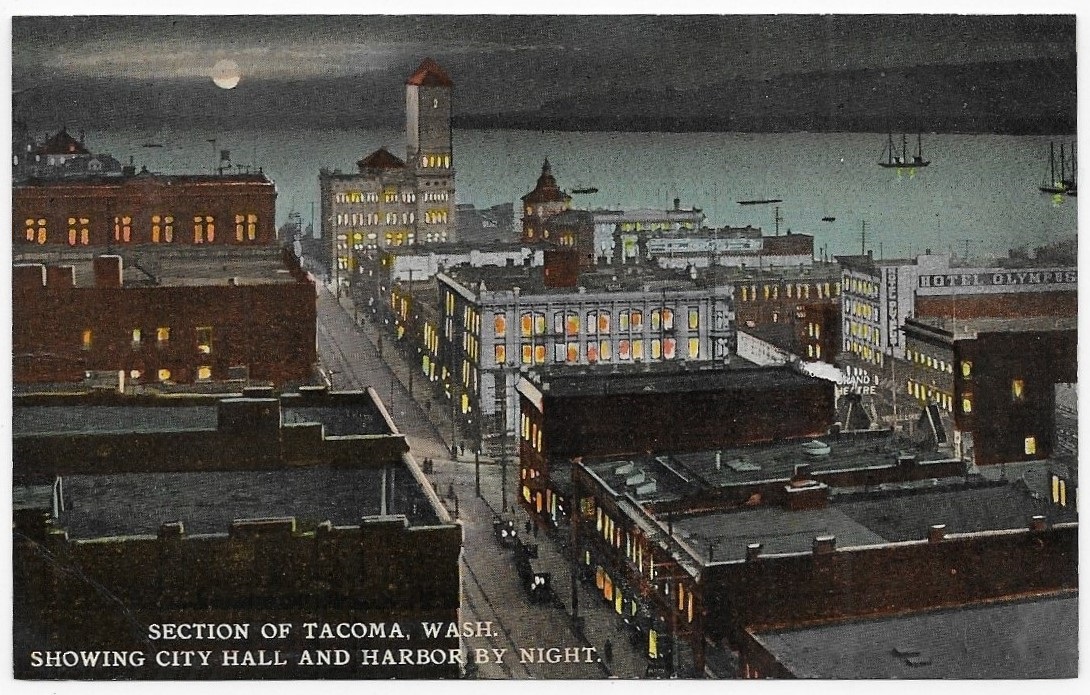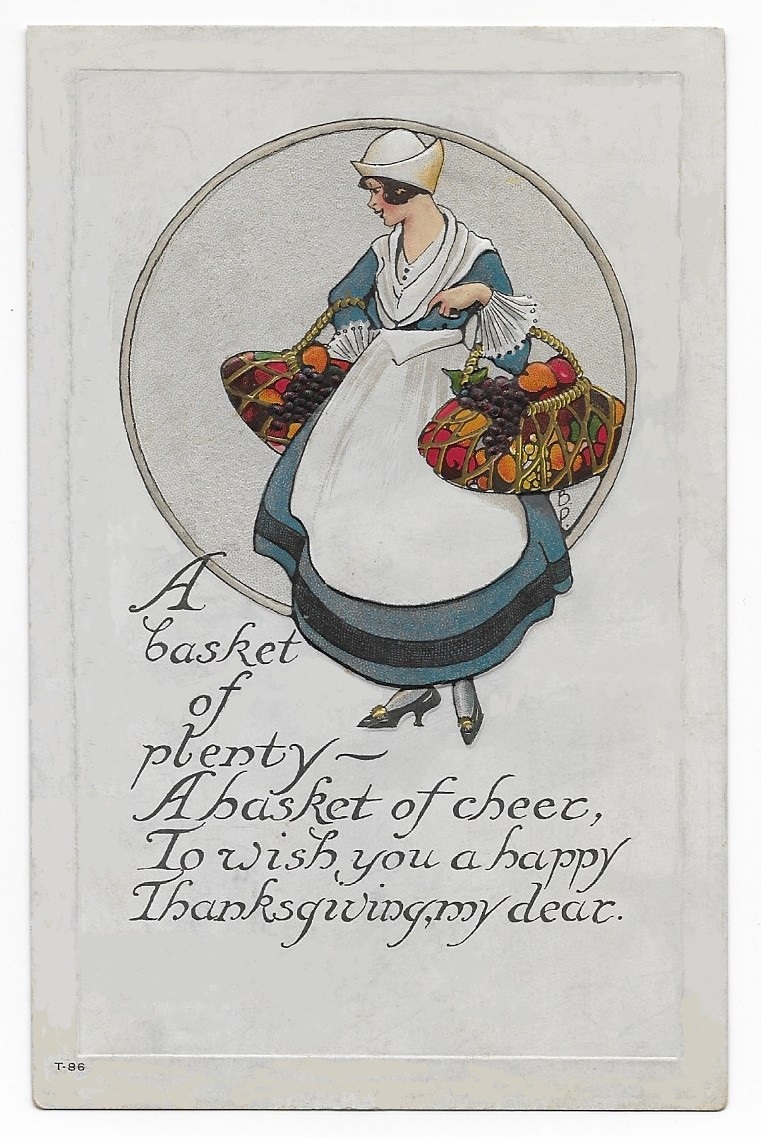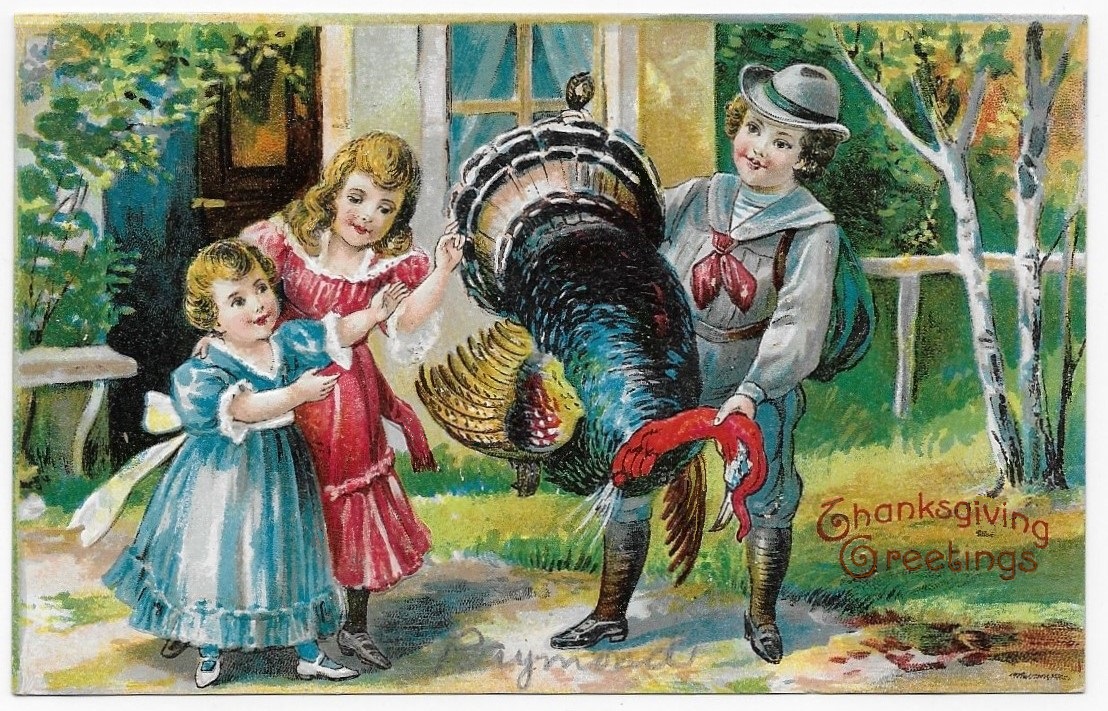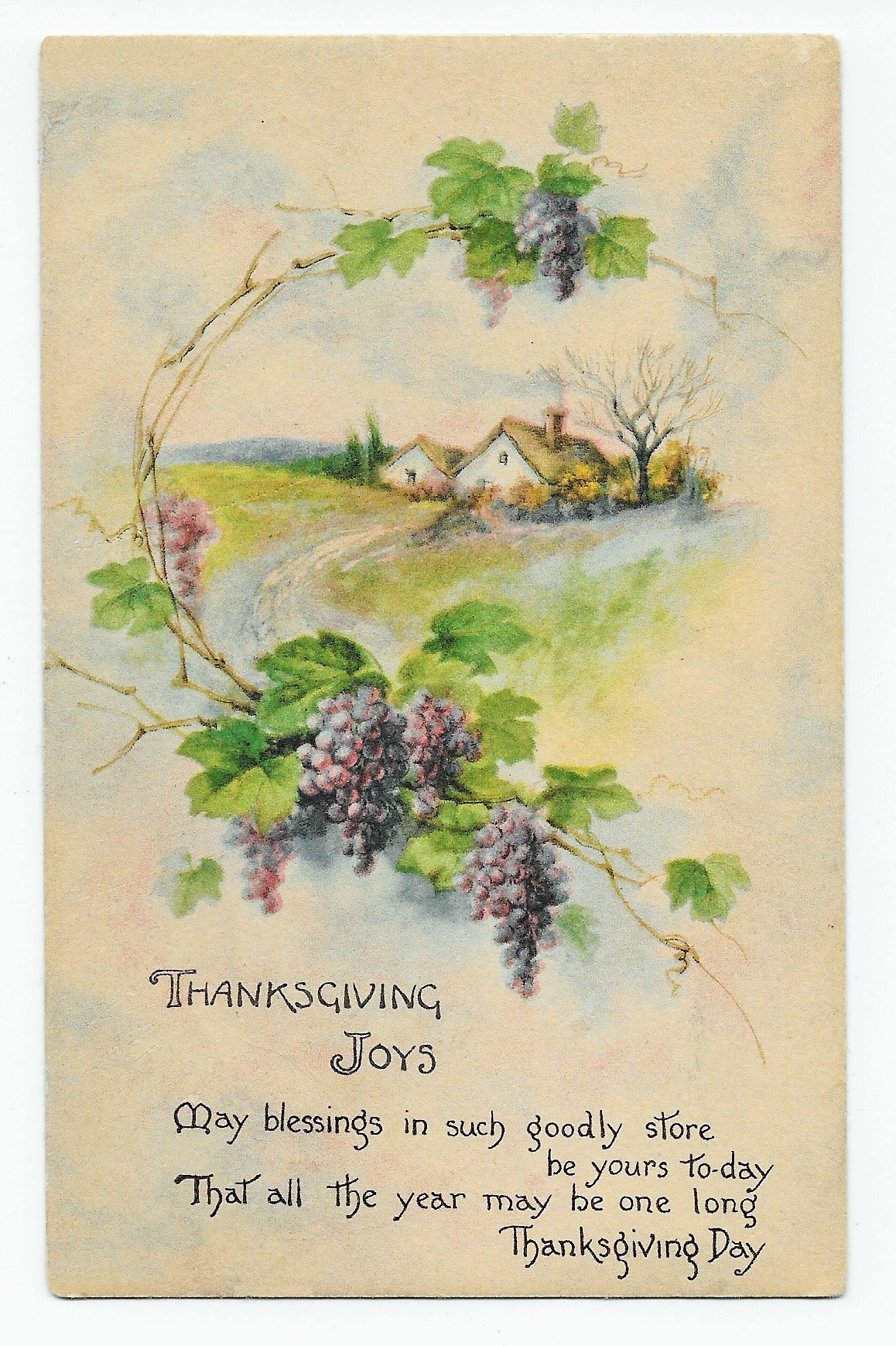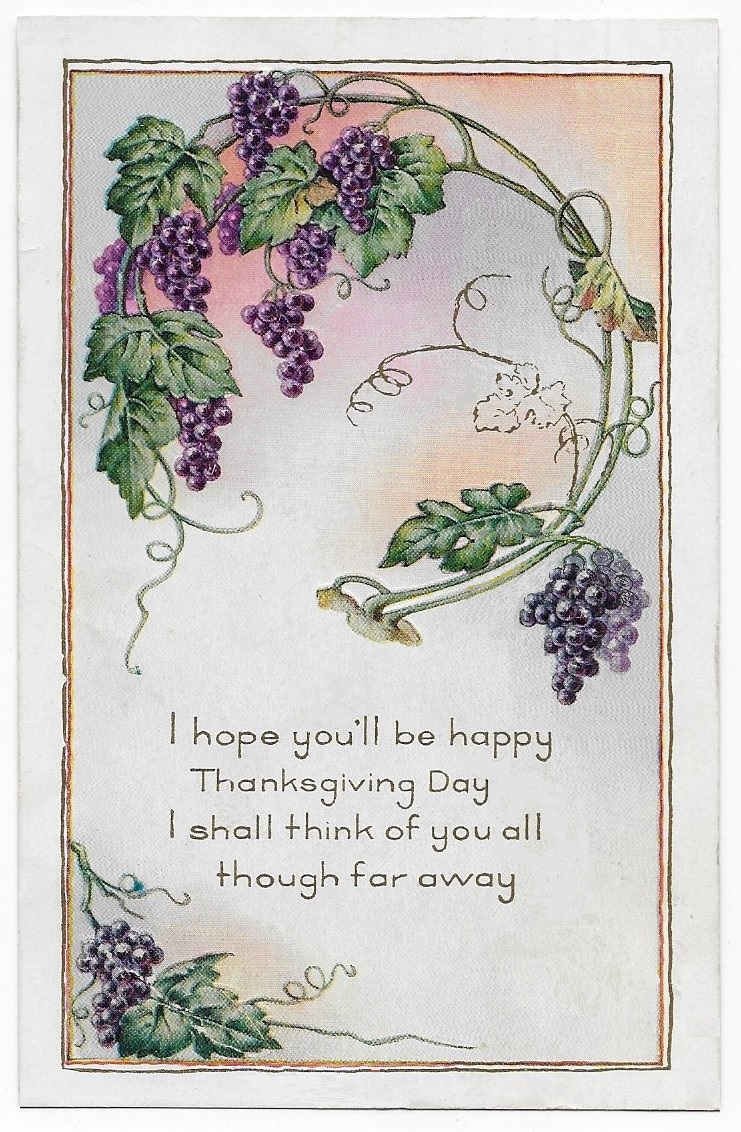Mr. Leroy H. Kagey lived in East Canton, a village of Stark County in east-central Ohio.
There, Leroy participated in the family’s business – a busy lumber yard.
(The size of the business is described in directories and advertisements several decades later)
We met members of the Kagey family in earlier postcard stories: “Mother Sends an Ancient Oak (1924)” and “The Mountain Opera Box (1929)”
In September of 1912, Leroy received a postcard from his brother, R. G. Kagey.
The postcard was mailed from Tacoma, a city on Puget Sound in west-central Washington – about 32 miles southwest of Seattle.
Tacoma grew in size and importance throughout the last half of the 19th century.
The Northern Pacific Railroad determined that the deep-water harbor in Tacoma would be the western terminus of the railroad and the city adopted the slogan “Where rails meet sails”.
Tacoma is close to several National Parks, and one can see Mount Rainier in the distance.
https://en.wikipedia.org/wiki/Tacoma,_Washington
The face of the postcard is a night view of a portion of the town and the harbor.
It is a charming scene – one can distinguish a streetcar and an automobile on the quiet streets, and discern a large hotel and a theater.
The postcard was published by Frank A. Neyhart & Co. of Tacoma.
On the reverse, we learn that the traveling brother enjoyed his visit to Tacoma.
He describes the place as “a beautiful, extremely hilly, slow Pacific coast city”
In all, he concludes, “(I) like it very much”.
The tour of the Pacific northwest seems to be related to business – possibly the acquisition of lumber or an opening to enlarge the family business.
Brother R. G. reports that he will “leave tonight for Portland”.
His work appears to be successful as he tells Leroy, “Business is splendid” and “Something doing wherever I go”.
One hopes that R.G. returned home safely and profited from the new business he generated.
We know that the Kagey family enterprise survived into the second half of the 20th century.
